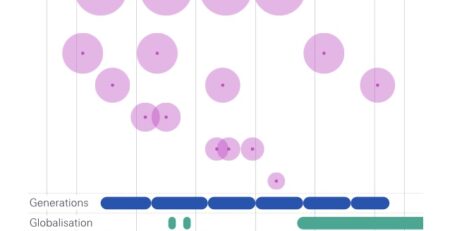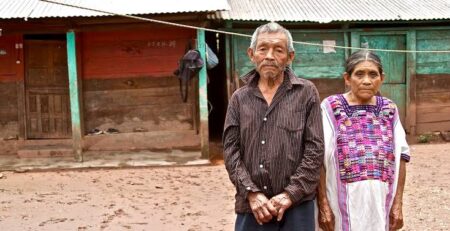Causes and Characteristics of Population Aging
By Kyounghoon Park (The Bank of Korea)
Korea’s level of population aging remains lower than the OECD average. However, the pace of population aging in Korea is faster than that of many other member countries, as its total fertility rate is the lowest among OECD countries while its life expectancy exceeds the OECD average. Using panel data from OECD member countries, this paper divides the common causes of population aging in OECD countries into declining fertility rate and increasing life expectancy, and analyzes these causes of aging mainly in terms of factors influencing the declining fertility rate. According to the results of the analysis, declines in fertility rate are attributable mainly to socioeconomic factors, including wedding and childcare expenses and labor market conditions that limit the division of housework, and sociocultural factors, such as changes in education levels and gender equality values. Increases in life expectancy are found to be positively correlated to welfare policies and income levels. This paper also compares descriptively the characteristics of population aging in Korea with those in major countries. As Korea industrialized rapidly, the aging of its population has progressed rapidly as well. The factors driving this rapid aging include: historical characteristics, such as the decline in potential fertility, caused in part by Korea’s birth control policy; sociocultural characteristics, such as the decline in the fertility rate due to high wedding and childcare expenses, emergence of an environment in which it is difficult to achieve work-family balance, and gender inequality in the division of housework; and demographic characteristics, such as the surge in the proportion of elderly people as the baby boomers age. To cope with this aging, policies are urgently needed to help ease the burdens of wedding and childcare expenses, for example by stabilizing the housing market and, reducing private education expenses, and create working conditions that ensure work-family balance and gender equality in the division of housework. More fundamentally, it is necessary to establish social consensus on the need for a gender-equal society and develop legal and institutional frameworks that will help make such a society a reality. We must also seek comprehensive measures to address poverty among the elderly, caused by the fast pace of aging, and to support the post-retirement pension and welfare systems.
Source: SSRN










